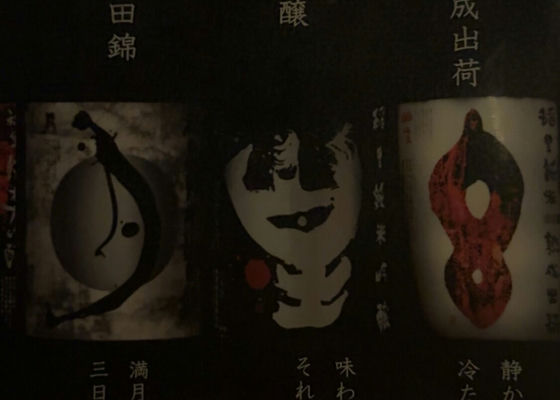
SakenowaRecord your sake experiences and discover your favorites
稲里Inazato
Flavor Chart®
A chart created from flavor analysis of user comments.

Flavor Tags ®
Tags generated from flavor analysis of user comments.
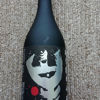
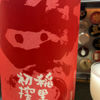
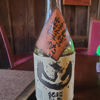
Popular Comments
It is a deeply flavored sake. The ginjo aroma increased my appetite. The refreshing aftertaste made me drink too much 😵🍺🌀.
Japanese>English
I took the liberty of drinking this sake thinking it was pure rice.
The first sip was a bit harsh, but the next sip was a thick and sweet saké. If you taste it well, it has a fresh feeling, which makes it an interesting sake.
I think it was a good choice for the New Year, as it is more like amazake sake.
I think it would be delicious warmed up, but I haven't tried it.
Japanese>English
Brands from Isokura Shuzo
Inazato愛醸一献
Similar Brands
We analyze the flavors based on everyone's comments and select similar brands.
Location
2281-1 Inada, Kasama, IbarakiOpen in Google Maps
Timeline

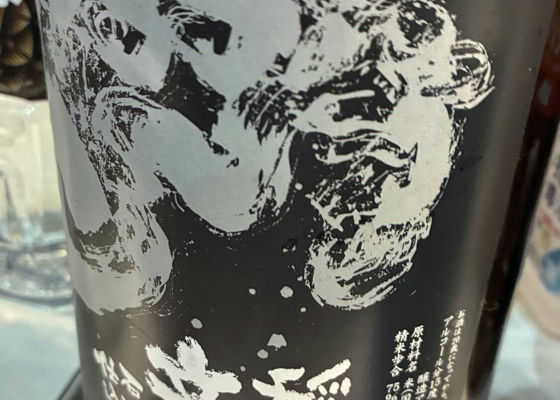
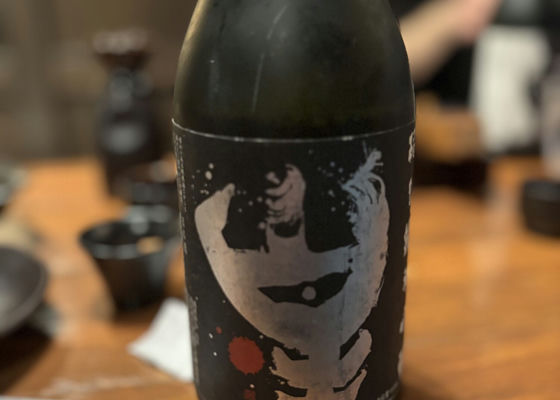
Inazato純米吟醸 日本晴
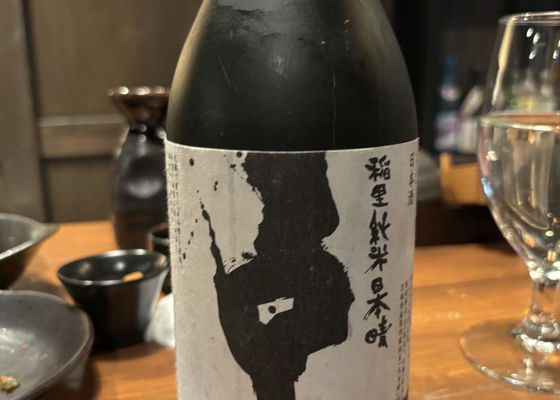
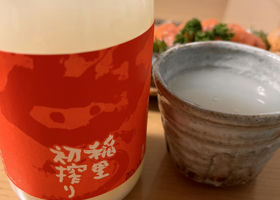
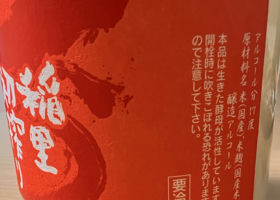
猫と毛布
The sweetness, acidity, and umami are all well-balanced and superbly cloudy!
The creamy aroma of rice that gently escapes from the nose tells of the depth of its umami.
The first bottle I bought at a roadside station in Kasama, I could not forget the taste.
I bought the first bottle at a roadside station in Kasama and could not forget the taste. It is truly delicious!
Japanese>English





常陸国正宗
Jizake Train E501 SAKIGAKE 2nd Anniversary(Yuki→Mito)
I like the balance of sweetness and spiciness with little acidity, and want to drink more and more.
It is slightly sweet and refreshing.
Before the Jizake Train, we stopped by KURA SAUNA IBARAKI, which was reserved for a private party and was the perfect setting 😆.
Japanese>English
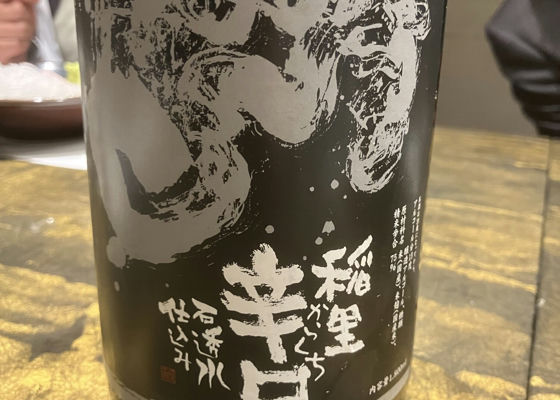

みん
Jizake Train E501 SAKIGAKE 2nd Anniversary
Personally, this was my favorite flavor of the event.
I like the balance of sweetness and spiciness with little acidity, and want to drink more and more.
It is slightly sweet and refreshing.
Japanese>English



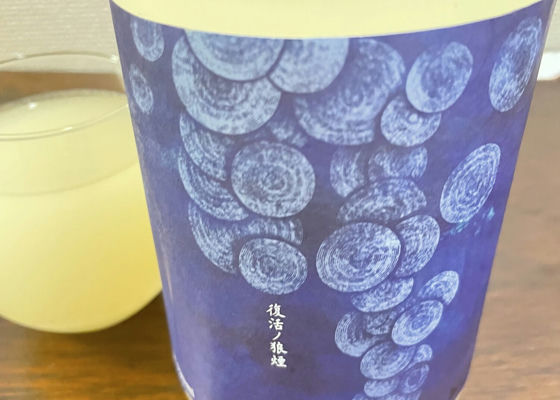
蜻蛉切
Limited Sake
Resurrection No Wolfsbane (Nigori Nama Shu)
Shipping quantity / 30 bottles
Rice/Nihonbare (100% locally grown)
Rice polishing ratio/70
Ingredients/Rice(Kasama rice), Rice malt(Kasama rice), Brewer's alcohol
Alcohol content/17
Japanese>English

蜻蛉切
Ingredient rice/Hitanishiki (100% locally grown)
Polishing ratio / 65
Ingredients/Rice(Kasama-grown), Rice malt(Kasama-grown)
Alcohol / 15
Heavy, deliciously spicy
A taste that makes you feel at ease
Japanese>English
いまがわやき
coolness
cold sake
Japanese>English



bouken
After the Bishu Competition (10)
Sake from Isogura Sake Brewery in Kasama City
According to the official website, it is an unfiltered unpasteurized sake.
A little floral, but with rice flavor and complexity. It is sweet and fresh. Quite rich, voluptuous, and somewhat unique.
I've had the same sake at a national sake fair, and at that time I felt some off-flavoriness, but not this time.
I guess I like it a lot 😋.
Japanese>English
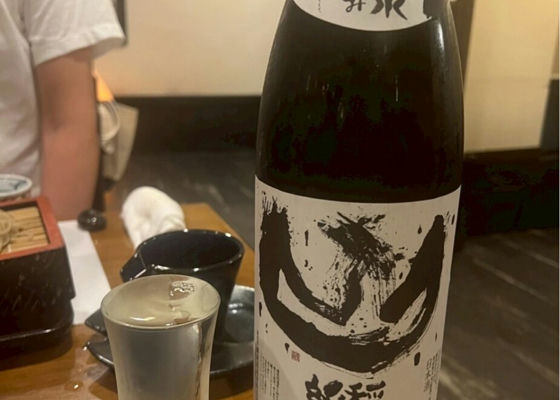
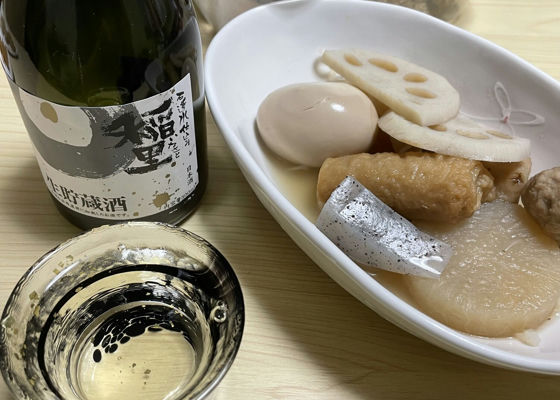
蜻蛉切
Darker 🍶 goes well with oden 🍢💛
Japanese>English

あぽろ
⭐️⭐️⭐️
Sweetness ★★★★★
Spicy ★★★★★
Clearness ★★★★★
It wasn't dry at all, was it?
Japanese>English
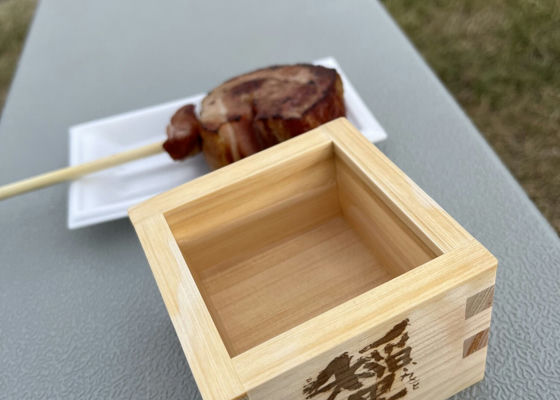
酩酊紳士
Sake at Rockin'! With bacon.
Japanese>English